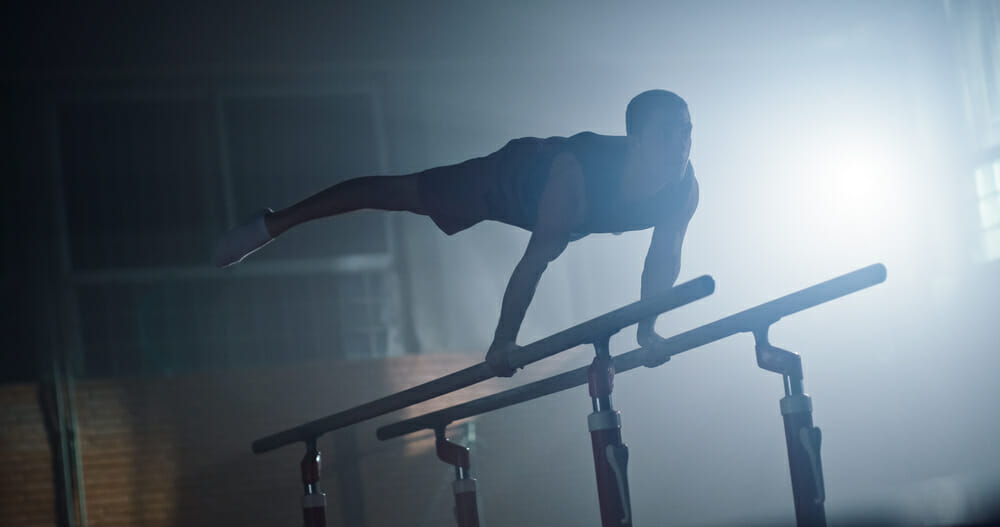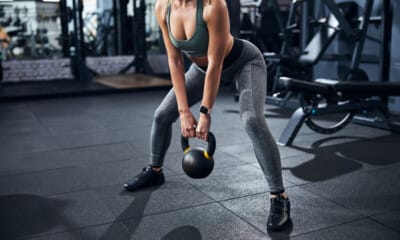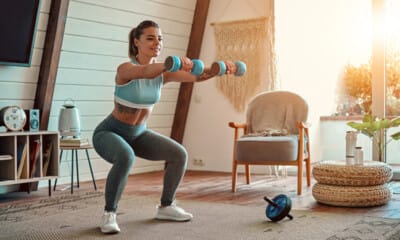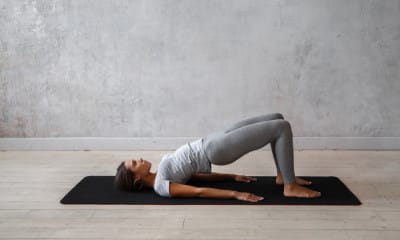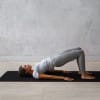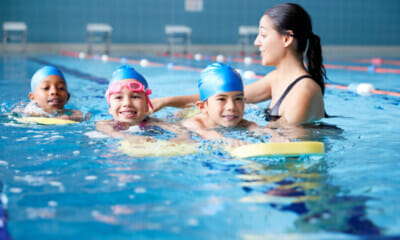The Primary Causes Behind Your Lack of Progress in Enhancing Your Stability
You may jog for miles, swim countless laps, and lift heavy weights, yet the moment you’re asked to stand on one leg, you struggle. “Having good balance is crucial not only for fitness but also for our daily activities,” says fitness trainer Katie Austin. “Balancing is a significant part of any movement we make—even when simply standing on our own two feet, we are constantly maintaining balance, whether consciously or not.”
As we get older, our balance tends to deteriorate, increasing the risk of accidents such as falls. The Centers for Disease Control (CDC) state that one out of four individuals over the age of 65 experiences a fall annually, making it the primary cause of injuries and injury-related deaths. This is why including balance exercises in our workout routine, at any age, is vital, according to Austin. “It assists in counteracting age-related balance loss, reduces the chances of falls and accidents, enhances posture, aids in faster recovery from injuries, enhances coordination, allows more effective workouts, builds muscle, and boosts cardiovascular health.”
Where Does Stability Originate?
“Balance comes from our core,” explains Austin. “Your core consists of the central part of the body, including the pelvis, lower back, hips, and abdomen. When we train these core muscles, they help other muscles function together smoothly and harmoniously, resulting in improved balance and stability.”
Why Is My Balance Not Progressing?
1. Weak Muscles and Instability
Balance necessitates overall muscle strength, not just a strong core. “To enhance core strength for better balance, it’s crucial to focus on the entire body,” notes Austin. Therefore, if you’re struggling to improve your balance, ensure that you regularly incorporate muscle-building and resistance training in your exercise routine. This not only stabilizes and strengthens muscles but also joints. The stronger these areas become, the more control you have over your body’s movement in space, leading to improved balance and quicker recovery following a fall.
The time required to boost your balance through strength training varies for each person. However, in a 2016 study, participants who engaged in 16 minutes of strength training four times per week for six weeks witnessed a 32% improvement in their one-legged standing times with eyes open, a 206% improvement with eyes closed on a solid surface, and a 54% improvement with eyes closed on a compliant surface.
2. Opting for Movements That Are Either Too Easy or Too Challenging
When working on balance, it’s essential to progress gradually and avoid pushing yourself too hard too quickly, as this can lead to injuries. Start with simple balance exercises and gradually increase the difficulty level. If exercises like standing on one leg while extending the other are too hard, simplify them. Begin by slightly lifting the other leg off the ground or use a wall for support. Once you’ve mastered a movement, move on to the next challenge.
3. Lack of Consistency
Improvements take time and consistent effort. A study in 2015 discovered that conducting three to six training sessions per week for 11 to 12 weeks, each comprising four balance exercises, significantly enhanced participants’ balance. The good news is it doesn’t need to be complicated.
“You don’t require fancy equipment to enhance your balance,” says Austin. Her favorite exercises include single-leg Romanian deadlifts, bird dogs, and modified pistol squats—all unilateral movements that work one side of the body at a time, ideal for improving balance and building strength without creating muscle imbalances by favoring one side. “Try each side and identify which side needs more improvement,” suggests Austin.
Regularly work on improving your balance, and you’ll soon be able to stand on one leg with your eyes closed effortlessly.


